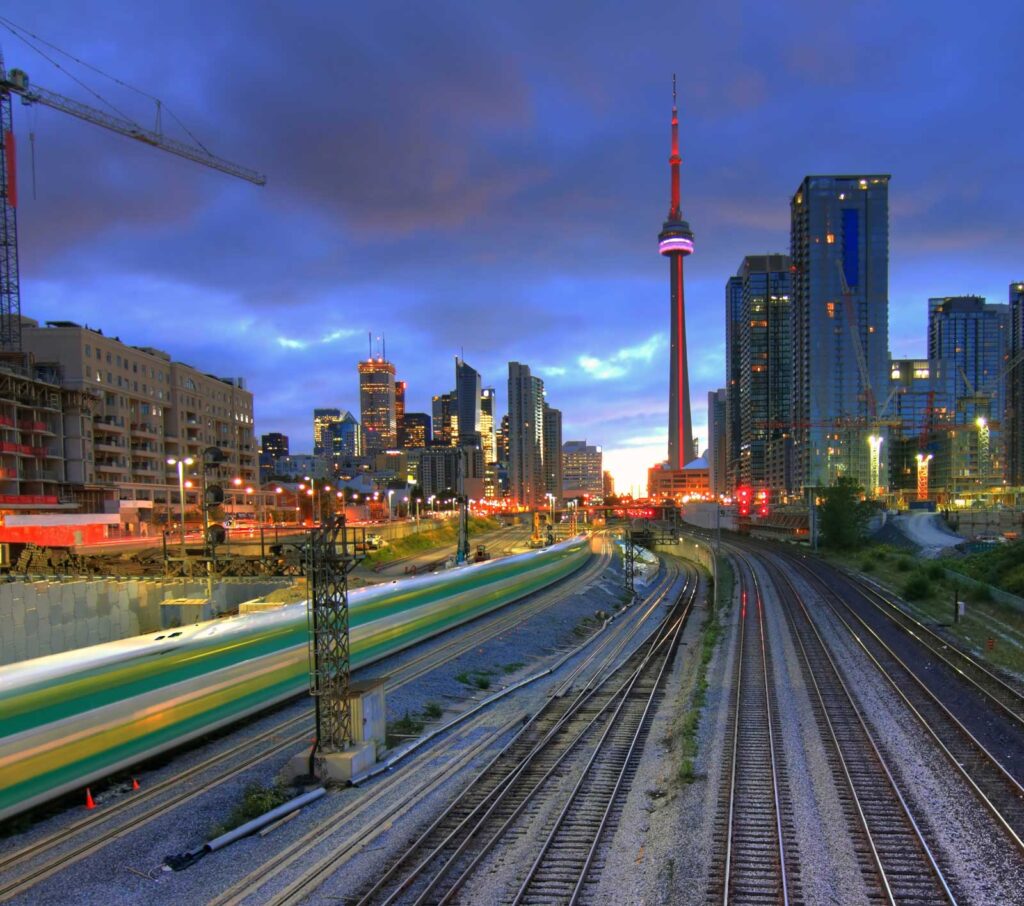Climate Impact: Freeze-Thaw Cycles
Freeze-thaw cycles, in which snow melts and then re-freezes as ice, can lead to bus collisions and slips and falls on outdoor platforms, stations, sidewalks, and parking lots. As winters warm, freeze-thaw cycles in Toronto may decrease in frequency over the long-term and under higher emissions scenarios, but are projected to persist at a similar frequency to historical conditions under low (RCP2.6) and intermediate (RCP4.5) emissions scenarios (Figure 2). There are a number of tools available to address this problem, including snow removal, salting, and infrastructure that melts snow on contact. This has knock-on considerations for transit stations: should Metrolinx install heating systems to melt snow on platforms, or continue to rely on snow clearing and salt management? The former is not cheap, and would have a negative impact by increasing greenhouse gas emissions, as they have traditionally used natural gas boilers. How does this compare to improved salting of platforms? Metrolinx utilizes both strategies depending on a variety of factors and local context, including energy efficiency. They are investigating energy options (e.g., natural gas vs electricity) for platform snow melting systems, and the use of improved weather forecasting to inform snow clearing and salt management practices. How these options are impacted by climate change in the intermediate (10 year) and long-term (asset lifecycle) is also an important consideration.
These decisions, and many other policy, planning, and strategic questions were brought to the fore by the climate risk assessment process. This is part of the value of applying the PIEVC Protocol, through which historical climate data, future climate projections, and multi-disciplinary stakeholder input is evaluated to identify climate risks and make informed adaptation decisions.

